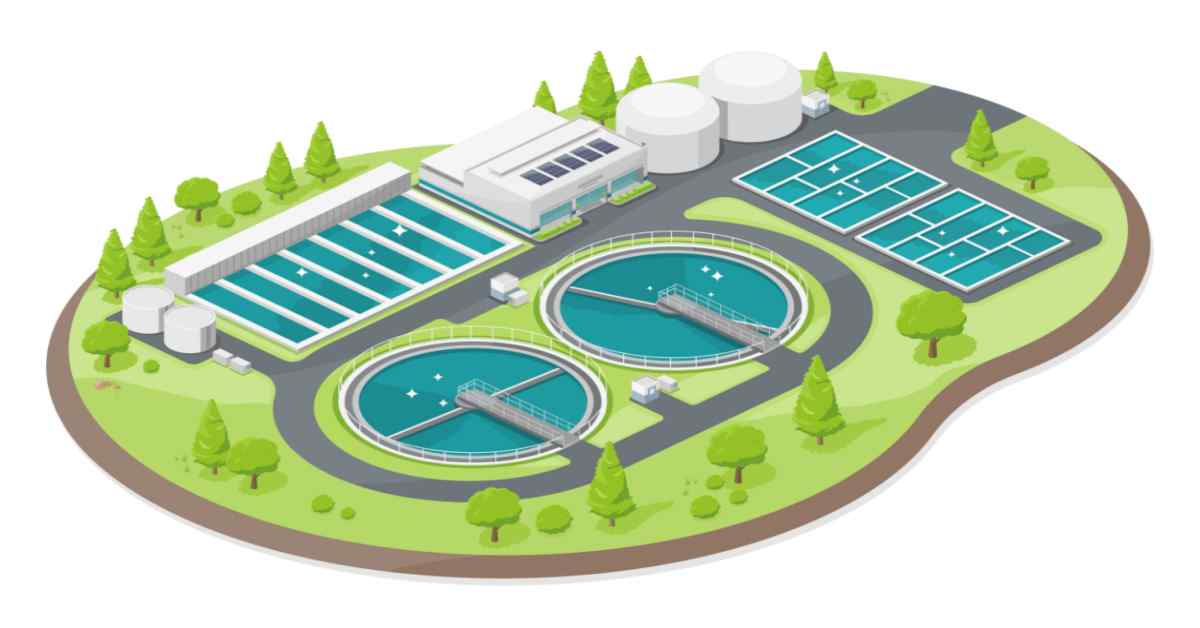Comprehending Wastewater Therapy Processes and Their Ecological Impact
The complexities of wastewater therapy procedures play a pivotal role in mitigating environmental challenges linked with water pollution. Each phase, from preliminary to sophisticated therapies, is designed to address particular impurities, inevitably guarding both public health and wellness and water ecosystems.
Overview of Wastewater Therapy
Exactly how is wastewater changed right into a risk-free resource for the setting? Wastewater treatment is an important process made to get rid of impurities from used water, therefore guarding public wellness and securing ecological communities. This procedure begins with the collection of wastewater from residential, commercial, and commercial resources, which is then guided to treatment facilities.
At these centers, different physical, chemical, and biological approaches are employed to treat the wastewater. First screening removes huge particles, followed by sedimentation to different heavier solids. Subsequently, organic therapies, such as turned on sludge processes, use microbes to damage down organic issue. These methods not just minimize toxin levels yet likewise help with the recuperation of valuable nutrients.
The treated effluent can be safely discharged into natural water bodies or recycled for watering and industrial purposes, advertising source conservation. Furthermore, the therapy procedure generates biosolids, which can be repurposed as plant foods or dirt changes, additionally enhancing sustainability.
Stages of Therapy Procedures
The wastewater therapy process usually includes three key phases: preliminary, primary, and additional treatment. Each stage serves a distinct role in lowering the toxin tons and making sure the effluent satisfies ecological standards before discharge.
The primary therapy phase concentrates on the physical splitting up of put on hold solids from the wastewater. Via sedimentation, larger bits resolve at the base of sedimentation tanks, forming sludge, while lighter materials, such as oils and greases, float to the surface and are skimmed. This process substantially lowers the organic and not natural load in the wastewater.
Second therapy is a biological procedure aimed at further decreasing the focus of organic issue. This stage is important for accomplishing the needed biochemical oxygen need (FIGURE) decrease, ultimately leading to cleaner effluent all set for discharge or more treatment.

Advanced Treatment Technologies
Following the second therapy processes, advanced therapy technologies play a vital role in further enhancing the high quality of dealt with wastewater. These technologies are developed to get rid of recurring contaminants that are not efficiently gotten rid of during key and secondary treatments, guaranteeing the effluent meets rigorous regulative criteria.
Amongst the commonly used sophisticated therapy approaches are membrane filtration, reverse osmosis, and advanced oxidation processes. Membrane layer filtration, including microfiltration and ultrafiltration, is efficient in separating great my website particles, pathogens, and colloids from the water (Wastewater). Reverse osmosis uses semi-permeable membrane layers to eliminate liquified solids, resulting in top notch water appropriate for numerous applications
Advanced oxidation processes (AOPs) employ strong oxidants to degrade organic pollutants, including pharmaceuticals and personal care products that are resistant to standard therapy. These approaches improve the biodegradability of complicated substances, facilitating their removal.
One more considerable technology is making use of biological nutrient removal processes, which specifically target nitrogen and phosphorus, preventing eutrophication in receiving water bodies. Overall, advanced treatment technologies are necessary for attaining greater degrees of purification, advertising water reuse, and securing public health while resolving the difficulties related to wastewater administration.
Ecological Benefits of Treatment
Various ecological benefits emerge from effective wastewater therapy processes that add to ecosystem health and wellness and sustainability. Mostly, these processes substantially minimize the launch of harmful contaminants into all-natural water bodies, which assists maintain aquatic communities. By getting rid of contaminants such as heavy metals, nutrients, and microorganisms, treated wastewater mitigates the danger of waterborne conditions and promotes biodiversity in aquatic settings.
Additionally, wastewater treatment facilities usually utilize sophisticated technologies that allow water recycling and reuse. This practice not just saves fresh water resources yet also lowers the need on natural water products. Improved nutrient removal from wastewater can also prevent eutrophication, a process that results in algal blossoms and subsequent oxygen depletion in water systems.
In addition, reliable treatment processes can decrease greenhouse gas emissions, specifically methane and laughing gas, which are usually launched during without treatment wastewater decay. By catching and making use of biogas from anaerobic digesters, facilities can transform waste into renewable resource, consequently adding to a reduction in fossil fuel reliance.
Difficulties and Future Trends
While the ecological benefits of wastewater therapy are clear, a number of challenges linger that hinder ideal end results in this field. One major issue is link aging infrastructure, which commonly causes ineffectiveness and raised operational costs - Wastewater. Several treatment plants were made years back, and their capabilities do not line up with modern needs, that include more stringent governing criteria and greater quantities of wastewater due to urbanization

Looking in advance, there is a growing focus on resource healing and round economic situation concepts within wastewater treatment. Developments such as anaerobic digestion, which can generate biogas, and advanced filtering technologies are gaining grip. These techniques not just improve treatment performance however also advertise sustainability.
Eventually, dealing with these challenges needs collaboration amongst stakeholders, investment in modern technology, and a dedication to ongoing study. By embracing these fads, the wastewater treatment field can develop to fulfill the demands of a changing atmosphere and society.
Final Thought
In conclusion, wastewater therapy procedures play a crucial role in sites improving environmental high quality and public health. The multi-stage therapy structure, combined with innovative technologies, properly reduces air pollution and promotes sustainable water monitoring. By dealing with recurring contaminants and decreasing nutrient overflow, these procedures add to the conservation of marine communities and the decrease of greenhouse gas emissions. Continued innovations and adaptations in therapy methods will be necessary for overcoming emerging obstacles and guaranteeing the sustainability of natural deposits (Wastewater).